The first season of the Netflix original show “You” depicts Joe, a seemingly friendly bookstore manager, wooing a patron, Guinivere Beck. On the surface their relationship seems harmless; Joe appears to be the perfect, attentive boyfriend, straight from a romantic comedy. But we quickly see that this isn’t true. Joe obsesses over Beck, before and during their relationship. He stalks her physically and online, steals her phone, impersonates her on social media, and breaks into her home to snoop through her belongings and laptop. Joe uses what he learns from this stalking as a way to manipulate and control Beck, believing his actions come from a place of deep love.The show has been subject to much debate over whether or not the creators were clear enough in representing Joe’s behavior as abusive. Given the story is told from Joe’s perspective, large pieces of the show contain dialogue that paint Beck, a stalking victim, as an adrift social climber, among other things.
Mainstream media has depicted stalking as charming for many years. From holding a boombox unannounced outside of someone’s window (“Say Anything”), to hiring a personal investigator to track down your date (“There’s Something About Mary”), to following a person around until they say yes to your romantic advances (multiple Bollywood movies), there are countless examples of stalking being normalized and seen as a sign of passion and charm on screen. Defined by the CDC as repeatedly harassing or contacting someone in a way that causes them to fear for their safety, stalking is anything but romantic. One in 6 women and 1 in 19 men report experience stalking in their lifetime, and up to 80% of people in abusive relationships report being stalked in that relationship.
“Often times, survivors are so used to the other person having control in the relationship that the stalking behaviors seems normal.”
Being tracked or harassed is not a sign of care or adoration. Stalking is often a part of a larger pattern of behavior that manipulates a survivor and threatens their sense of safety. When someone is stalked, their privacy is violated. The person harming them seeks to gain access to and control over their life and relationships. With the rise of social media and integrated technology, cyberstalking and online harassment have become much more prevalent. Many La Casa clients disclose they have been stalked by their abusers. Survivors report their day-to-day interactions being tracked through spyware, experiencing harassment on social media, having their locations tracked without their knowledge, and receiving large volumes of unwanted messages from their partners.
As a La Casa staff member noted, “There is a lot of misunderstanding about what stalking is and how technology can be used as a tool to enable stalking. Often times, survivors are so used to the other person having control in the relationship that the stalking behaviors seems normal.” In “You,” Beck wasn’t aware she was being stalked until the very end of the season. The prevalence in media of stalking depicted as a sign of affection or romance impacts our understanding of what is and isn’t healthy in a relationship. Moreover, many individuals don’t fully understand just how much of our information is shared through the use of social media and other technology forms. We live in an age when technology can be used as a tool of coercion, make it all the more difficult for survivors to access support.
There are things survivors can do to maximize their safety if they suspect they may be being stalked. Below are a few recommendations, from La Casa staff, of how someone who may be experiencing stalking can move to safety:
Trust your gut. If something feels off, it probably is. If you feel your partner is crossing a boundary, or if you’re unsure of whether or not something truly is a violation of your safety, it very well could be. Survivors may feel or be made to feel by the stalker or other sources that are overexaggerating the severity of what’s happening, especially if the person harassing them is a loved one. Naming the behaviors that make you feel unsafe or manipulated is an essential and crucial step to getting support.
Keep track of what’s happening. Take screenshots of unwanted messages and record in a journal instances of in-person stalking. These all may be useful tools to support your case in the future.
Avoid sharing your location, online and offline. It’s easy to lose track of all the data that technology and social media -- and, therefore, people who may be stalking us -- have access to. Turning off location services on your phone can help prevent GPS tracking. When posting on social media, avoid sharing anything that might inadvertently reveal your whereabouts, including posting pictures that could reveal the neighborhood you’re in, cross streets, restaurants, or other identifying factors about your location. Google search your name regularly to ensure that nothing that could lead someone to you is easily accessible online.
Check in with children, friends, and family. Telling loved ones about any violence that’s happening can be a big step for a survivor. However, our loved ones could be great sources of support. Ask that friends and family avoid sharing information about your location online and in-person, especially with the person who is harming you. If you have children, have conversations with them about digital safety and turning location services off on their devices, too.
If you suspect you or a loved one may be being stalked, know you’re not alone. If you feel your safety is being threatened, contact the authorities to get help. Help is always available at 877-503-1850.

